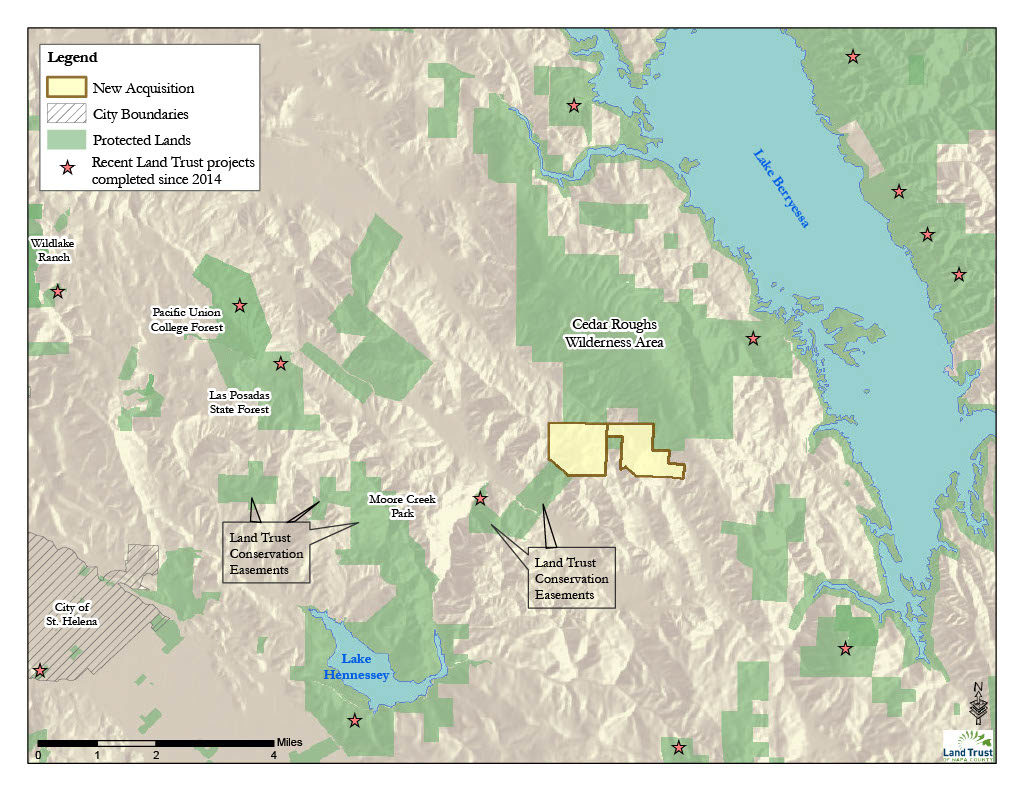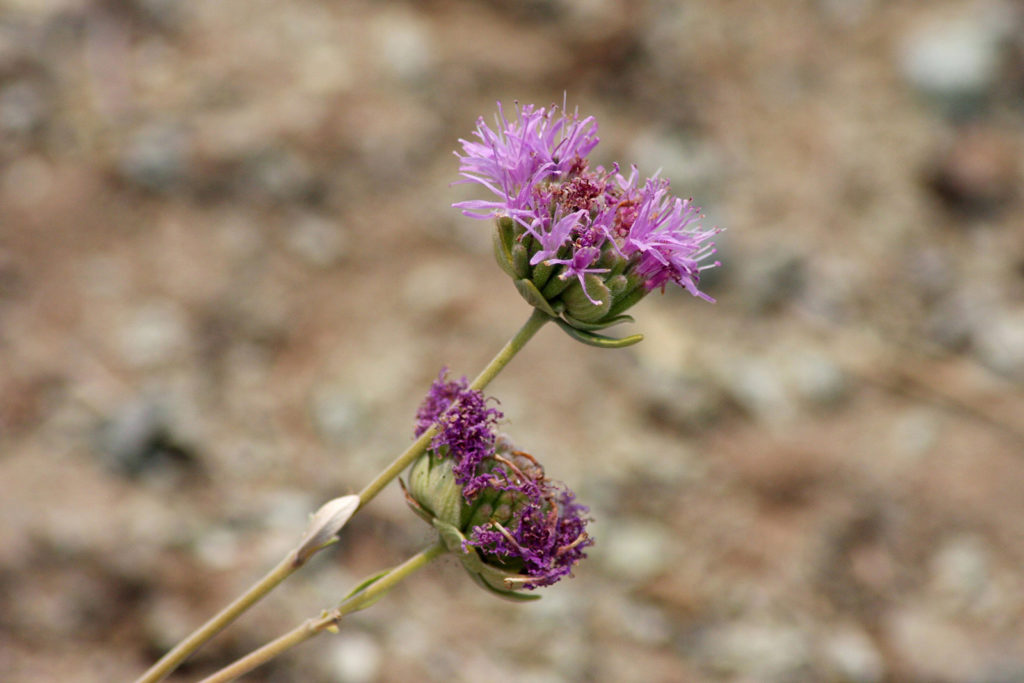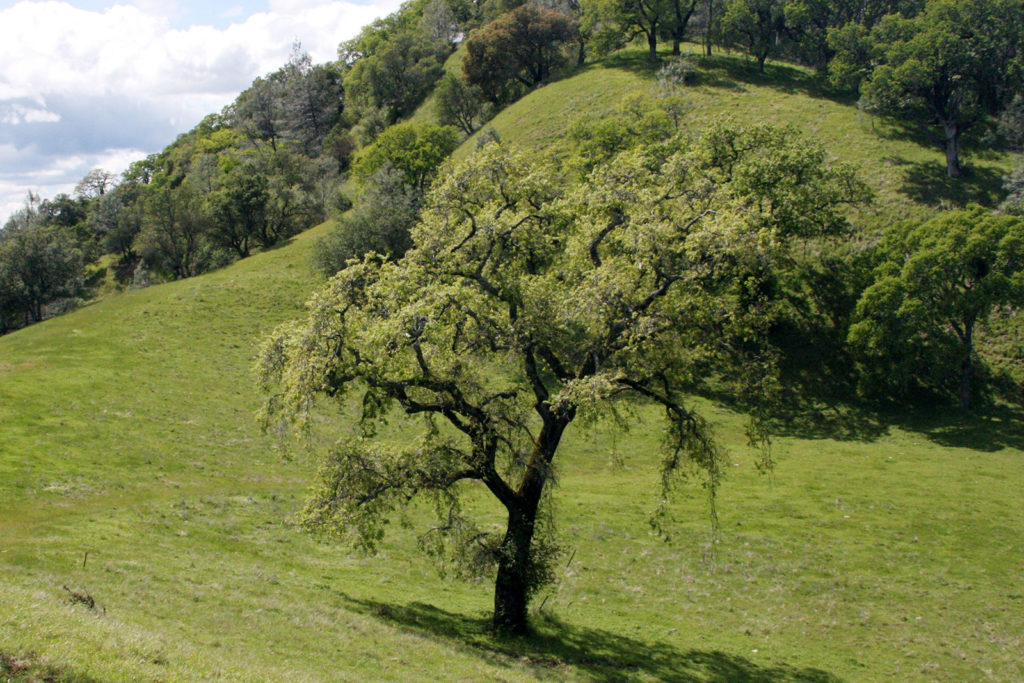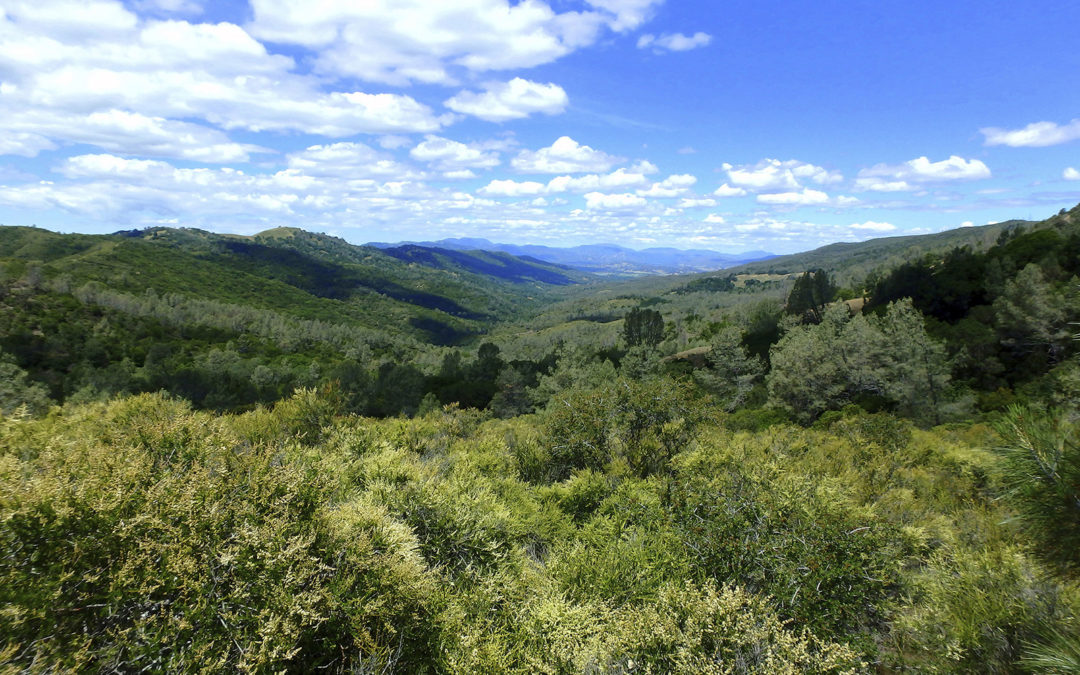Land Trust of Napa County is pleased to announce the acquisition of over one thousand acres of undeveloped land that will become the non-profit’s newest preserve.
“This property has significant natural values and is in a very strategic location that will enhance and connect other protected lands,” said Doug Parker, CEO of the Land Trust.
The 1,031-acre property is above Chiles Valley and adjacent to the 6,300-acre Cedar Roughs Wilderness Area. This area’s importance for conservation has been thoroughly assessed and documented twice in recent years – 12 years ago when the Cedar Roughs Wilderness Area was first created (one of only two wilderness areas in the Bay Area) and 4 years ago, when land around Lake Berryessa, including the Cedar Roughs Wilderness Area, was designated part of the new Berryessa Snow Mountain National Monument.
One of the key conservation priorities for natural areas in the region is to connect together existing protected lands to support critical wildlife corridors. Protection of this 1,000-acre property will help accomplish that goal. It provides the direct connection between the wilderness area and three easements held by the Land Trust, one of which just closed in July.
“Protecting this property is a key step toward developing an unbroken corridor of protected land from the 5,000 acres of protected land around Lake Hennessey to the 75,000 acres protected around Lake Berryessa,” said Parker, “ensuring that wildlife can move freely across these large open spaces into the future.”
“I want to thank the donors who allowed the Land Trust to purchase this large property,” said Parker. “It would not have been possible without major support from the Gordon and Betty Moore Foundation, as well as support from the Long Foundation, the Gasser Foundation, and from several individual supporters in Napa.”
“This is a great win for conservation in Napa County and the whole Bay Area,” said Dan Winterson, who manages the Bay Area Conservation Program at the Gordon and Betty Moore Foundation. “The combination of the property’s habitat value and its connection to large-scale wildlife corridors have made it a top priority. The Land Trust of Napa County did an amazing job of seeing this transaction through to completion, and we are very pleased to be able to contribute.”
Besides its strategic location, Napa botanist Jake Ruygt completed a botanical assessment of the property and found a significant diversity of habitat types as well as special status species. The property includes excellent examples of several natural community types, including oak savannah and oak woodland as well as serpentine habitats. The US Fish and Wildlife Service has documented habitat for more than 300 wildlife species that depend on oak woodlands for food and shelter. Protection is a priority because oak woodlands are endemic to this region and only 4% of oak woodlands are protected statewide. Serpentine soils support, by far, the largest number of rare plant species of any soil type statewide. Rare species at the site include Green Coyote Mint (Monardella viridis) and Napa Lomatium (Lomatium repostum), species whose entire range is centered on Napa County. They exist only here and just across the county boundary in some neighboring counties.
“To date,” according to Jake Ruygt, “216 plant species have been identified, representing 54 families. Of the total number of species observed, 86% are native.”
“The Land Trust plans to work toward enhancing native plant communities through an integrated invasive species management strategy,” said Mike Palladini, Stewardship Program manager for the Land Trust. “Rare native species are being threatened by invasive exotic species, including yellow star thistle (Centaurea solstitialis) and barbed goat grass (Aegilops triuncialis), one of the few invasives that can threaten native species on serpentine soils. Both of these invasives have been documented on the property. Where appropriate, the Land Trust will consider active reestablishment of native plant communities by propagating and out-planting native species in previously invaded areas, something the Land Trust has successfully undertaken on other properties. The majority of the property is shrub and forest that is relatively free of invasives. In open areas, however, invasives are spreading and these incursions should be impeded before they become more serious.”


One of the rare plant species found on the newly acquired Land Trust preserve above Chiles Valley is Green Coyote Mint (Monardella viridis), a species whose entire range is centered on Napa County. Photo by Jake Ruygt.

The newly acquired Land Trust property above Chiles Valley includes excellent examples of several natural community types, including oak savannah and oak woodland. Photo by Jake Ruygt.

